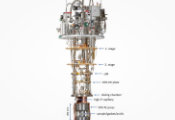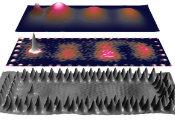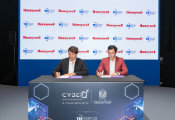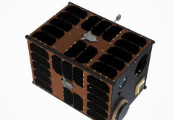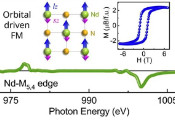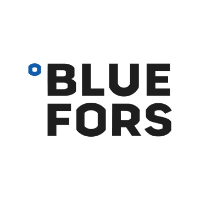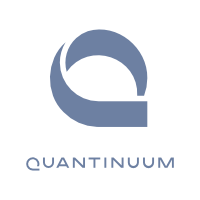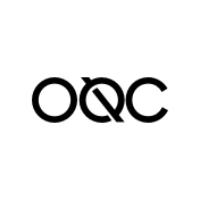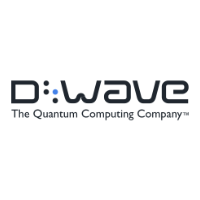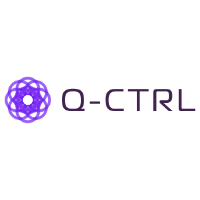Quantum Circuits & NVIDIA Team Up To Test Dual-Rail Quantum Computing on Grace Hopper Superchips
May 18 2025 -- Quantum Circuits is excited to announce its participation in a joint effort between NVIDIA and Supermicro to expand access to accelerated computing for quantum researchers. Together with their strategic partners at the Yale Quantum Institute (YQI) and QuantumCT, their participation in this program builds on their work with NVIDIA as they advance hybrid classical-quantum capabilities that integrate with high-performance computing (HPC) systems – all with enterprise use cases and adoption in mind.
This new dimension to their collaboration provides them with hands-on access to NVIDIA Grace Hopper Superchips in Supermicro systems. With the NVIDIA Hopper Superchips installed at their headquarters in New Haven, Quantum Circuits developers, YQI scientists, and QuantumCT can test advanced application and algorithm development that leverages the combination of their QCDL programming API and the capabilities of NVIDIA CUDA-Q hybrid programming platform. Given the expanded feature set of the Quantum Circuits dual-rail architecture, AquSim simulator, and full-stack software, CUDA-Q is a natural fit for driving high-impact applications to enterprise customers and researchers alike.
In the first phase of this program, they plan to focus on Quantum Error Correction (QEC), which is the defining issue facing the quantum computing industry. This focus fits well within their “Correct First, then Scale” strategy that has been the ethos of Quantum Circuits since their inception. By focusing on QEC as the initial step of a multi-phased approach in applying CUDA-Q to their workflows, they refine their approach for meeting the most critical challenge for quantum computing – efficient system scaling with effective error correction.
Many conventional approaches across the quantum industry address the issue of quantum errors via massive replication and scaling, where the number of physical qubits required to make a single logical error-corrected qubit is huge. With ratios exceeding 1000:1, conventional approaches must plan for millions of physical qubits to produce useful quantum computers.
Quantum Circuits, on the other hand, invented a superconducting Dual-Rail Cavity Qubit (DRQ) with built-in error detection, enabling them to detect the dominant source of error with high precision at the physical qubit level. With high performance, speed, and a feature-rich API, the number of DRQs required for fault-tolerant quantum computers is at least 10x better. This highlights the efficiency of their architecture – they are on the path toward producing scalable quantum computers with tens of thousands of physical qubits, not millions.
Through their access to Grace Hopper superchips, they now have an excellent platform on which to evaluate the fundamentals of their error correction codes. The high-performance CPU+GPU architecture promises to dramatically boost the performance of their simulation tools, paving the way toward scalable predictions of logical error rates of DRQs in the long run. It also points to inherent synergies that can be explored between CUDA-Q and the existing programming frameworks Quantum Circuits provides, given the overlap in capabilities and shared goals of identifying compelling pathways toward scalable error correction.
Having an accelerated computing system on site in their headquarters presents itself as a valuable resource for exceptional performance, on-demand access, and simplified logistics. Most importantly, a concrete system enables planning of future scalability requirements for cutting-edge simulations and high-performance solutions that integrate with their DRQ-based architecture.
As the Grace Hopper systems become a fixture in their quantum computing infrastructure, they look forward to providing them as part of their upcoming line of full-stack systems and software products to their customers, partners, and user base at large. Longer-term, they see this collaboration as the launching point for a larger narrative. As HPC and AI become a greater focal point in hybrid classical-quantum systems, Quantum Circuits is involved on the ground floor with NVIDIA, Yale, and QuantumCT to kick off these efforts at a pivotal moment for the quantum industry.


